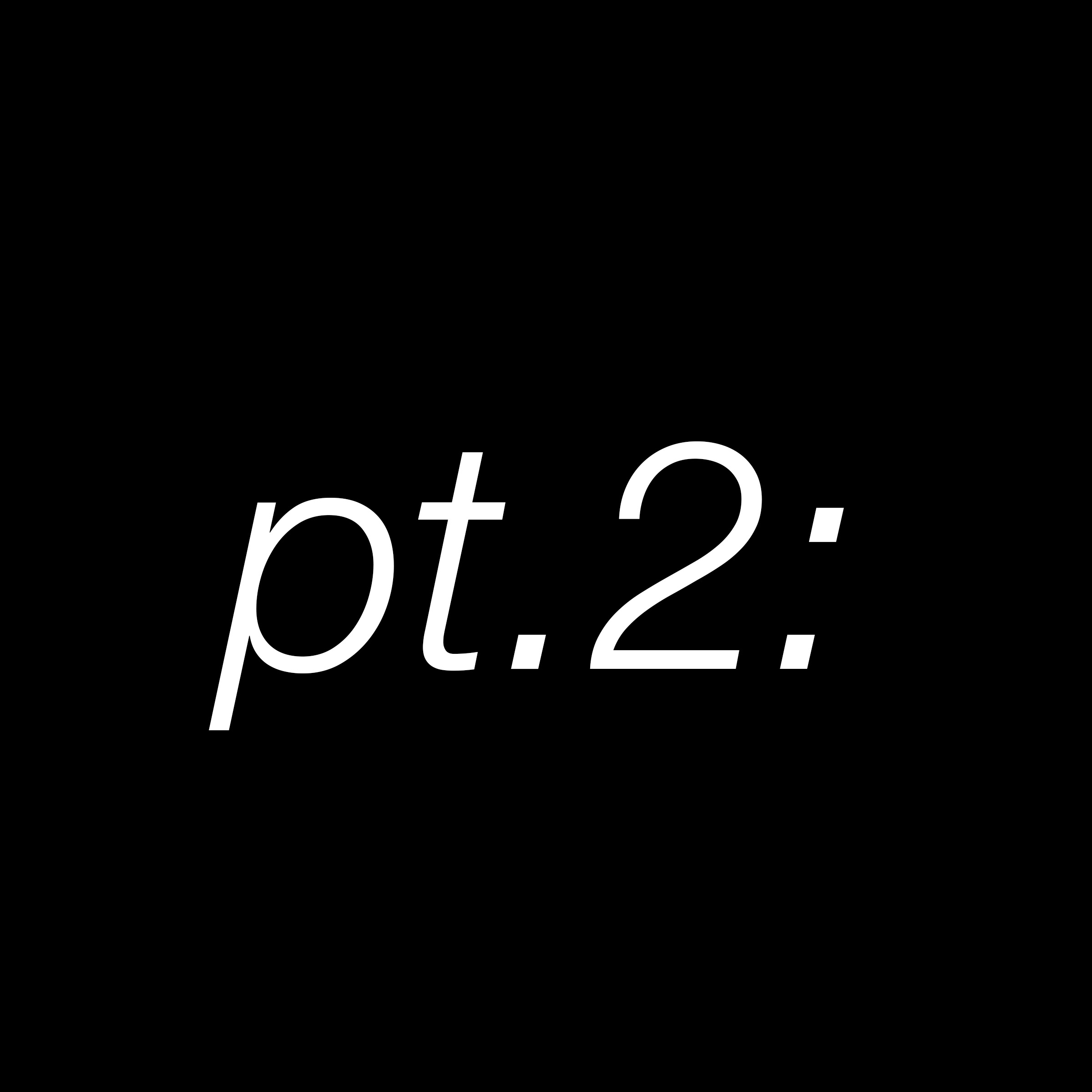Interview - Saif Senussi Azzuz
pt. 2: Interview
wes’onah
Saif Senussi Azzuz
Showing through: February 7th, 2020
1523b Webster St.
Oakland, CA 94612
info@part2gallery.com
Starting with stories by, of, and for family members, Saif Azzuz (b. 1987) constructs spaces utilizing colorful ink and acrylic paint on tapestry-like canvas imbuing the work with the washy luminosity and gentle disquiet of dreams. Through self-defined symbolism communicating ideas such as movement, energy and time, Azzuz works to acknowledge and validate generational trauma, resilience, land, and story. Saif would like to acknowledge and thank the Ohlone tribe. Saif Azzuz is based in Pacifica, CA. His work revolves around the de-contextualization of Yurok and Arab imagery. Through exploring how Arab and Indigenous culture is depicted and understood in the US, Saif uses his own experience to expand on how ideas of cultural authenticity and tradition interface with contemporary trans-cultural experiences in America. He graduated with a Bachelor’s degree from California College of the Arts in 2013 and recent solo exhibitions include rep’osh at Adobe Books, Neskweenepek at Right Window, and Aiy ya kwee at Bruce Gallery.
-pt. 2:
(Left)
“Kuechos sent me to the store (I took the long way around the dogs)”
Natural Dye, Ink, Acrylic on Canvas
76 x 56 inches
2019
(Right)
“Hop’ew Puel ‘we-Roy”
Acrylic, Natural Dye and Spray Paint on Canvas
83 x 67 Inches
2019
pt.2 - In writing about your work you consider land as a marker of culture and cultural tradition. Can you tell us more about this and about how your understanding and experience of it influences your work?
Saif Senussi Azzuz - In this specific body of work all of the locations and stories are coming from Weitchpec, CA on the Yurok reservation. So this land is directly related to my tribe’s cultural tradition in terms of specific location but also these areas produce all of the material specific to traditional food, medicine, clothing and serve as the setting of our oral history. I see these paintings as an acknowledgement and reclamation of those spaces.
In what ways do you feel that your work engages in a familial or cultural lineage?
The content is pulling from my family, their stories and our land, so there is a connection there. The visual lineage may not be as transparent.
Does your process involve research? When you set out to begin a painting do you follow a plan or do you work more intuitively? Can you tell us more specifically about your process?
This series of paintings start off with journaling, reading or dictating a story and a light sketching of composition. The composition and palette are largely dictated by my own personal resonance with the story. The rest of the process is largely just making formal decisions about specific material and mark making.
(Left)
“Noohl ‘o le’s, Chuue’hl kee menechok”
Acrylic, Dye, and Enamel on Canvas
62 x 52 Inches
2019
(Right)
“I told you so (Kokos)”
Acrylic, Dye, and Enamel on canvas
62 x 52 Inches
2019
In your show “wes’onah” (pt. 2: Oakland Jan. / Feb. 2020) you use a combination of brightly colored dye, acrylic paint, spray paint, oil stick and enamel. Do you think that your medium serves the finished work in ways that other materials may not?
This body of work is the culmination of a long year of material exploration, so I believe the materials used, by process of elimination are the most efficient way to create the desired outcome that accompanies the content.
How does your choice of media serve the finished work? Do you select materials based on your concept or does your choice of materials drive the process/finished
I’m not specifically attached to any medium and believe things will change and resurface throughout other bodies of work.
Where is your studio? How does your physical space affect the way you work (if at all)?
My studio is at my home in Pacifica and it plays a huge role in the work I make. The environment of my home is very similar to the environment of the Yurok reservation which serves as the backdrop for these paintings.
(Left) “Weno’meenepek”
Acrylic, Dye, and Enamel on Canvas
62 x 52 Inches
2019
(Right) “Missing what was never there”
Acrylic, Dye, and Enamel on Canvas
62 x 50 Inches
2019
What do you like to listen to in the studio?
I primarily listen to Bay Area and southern rap, Abdel Hahfez or old soul records. If my studio mates are there, I go Frozen soundtrack, Lion King, Moana, Lauryn Hill or the Beatles.
How has your work changed over the course of your career thus far? Do you find your approach or process different than it once was?
Someone once told me that the great thing about being an artist is that you are constantly asking questions. So I think everything is changing as my internal / external questions change.
Are there other concepts you want to explore further down the line?
New processes/materials?
My work will continue to gravitate around oral history, land, reclaiming space and family.
(Left) “Ghadab (It’s always possible)”
Acrylic, Dye, and Enamel on Canvas
62 x 52 Inches
2019
(Right) “So’oo”
Natural Dye, Ink, Acrylic on Canvas
76 x 56 inches
2019
What do you do when you’re not in the studio?
I have a very regimented life. My weekday schedule is family, work, family, clean, studio. Weekends and Wednesday’s vary.
Favorite wikipedia wormhole?
Bigfoot, the Patterson- Gimlin Bigfoot video was filmed by my mom’s house, and there are hundreds of sightings. So Bigfoot sightings, and stories interest me. There are stories my grandpa used to tell me about Bigfoot, so it’s a family tradition.
What advice would you give to your younger self?
No advice, but I want to thank my best friend Lulu, and my kids Viola and Moya.
